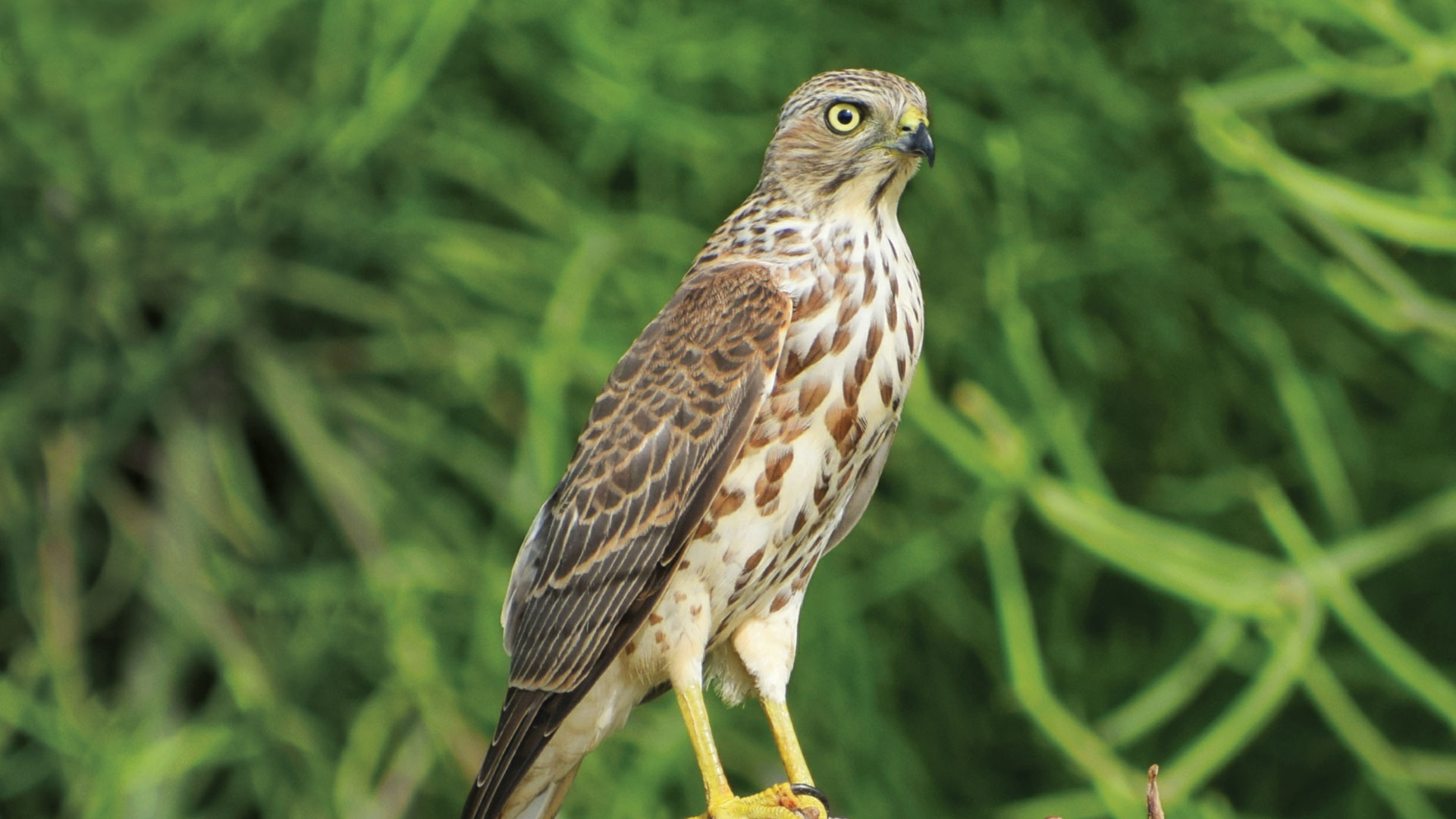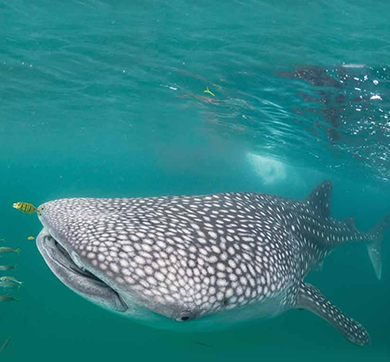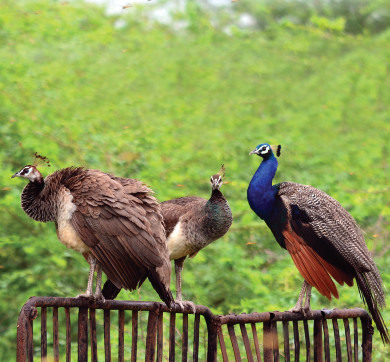August 2022 | 1127 words | 4-minute read
Each thread in nature is interwoven. When one thread is frayed, others begin to disintegrate rapidly. This intricate balance and harmony in nature is reminiscent of a Native American proverb, “We don’t inherit the earth from our ancestors, we borrow it from our children.”
Tata Chemicals saw the truth of this three decades ago at its location in the Okhamandal tehsil of Jamnagar district in Gujarat, home to its Mithapur plant and township. The indigenous flora of Okhamandal region had been seeing a steady decline due to various reasons, including the exploitation of the medicinal plants, development activities, and the proliferation of some alien invasive weeds, such as prosopis juliflora and parthenium hysterophorus, one of the world’s seven most notorious weeds.
These invasive species grew at a faster rate while the rate of growth of the native species was slow. Over time, the grassland (open scrub forest), which was the native ecosystem of the area, began to decline.
An unfortunate consequence of this decline was the steady decline of native species, particularly gugal, which was designated as an endangered species by the International Union for the Conservation of Nature in 2021.
Desirous of making a difference, the Tata Chemicals Society for Rural Development (TCSRD), the CSR arm of the company, initiated efforts towards biodiversity conservation by strengthening the local ecosystem. The idea was to restore and strengthen the habitat to its former glory, so that the native fauna could flourish.
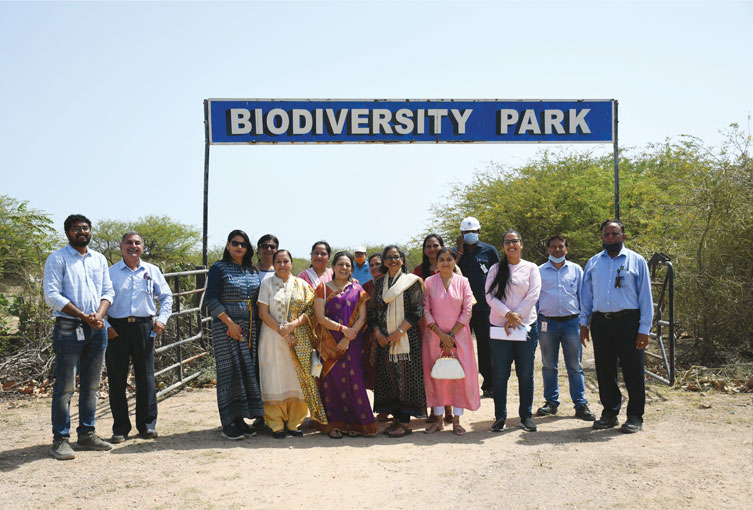
This was the beginning of TCSRD’s Indigenous Flora Biodiversity Conservation Project at Mithapur. Starting with just 15 acres of land, the reach of the ecosystem has now expanded to 170 acres. As Rackanchath Nanda, chief of Human Resources and CSR at Tata Chemicals, says, “The area is now home to different ecosystems, such as the grassland ecosystem, spread across 20 acres, the dry deciduous forest ecosystem, across 25 acres. About 40 acres of land is dedicated to endangered gugal plantation.”
From Sapling to Forest
The story of the re-creation of this ecosystem is one of patience and determination and of overcoming many odds, given the topography of the region. The Okhamandal region, spread across 717 sq km, is almost completely surrounded by the ocean. Only a thin strip of about 500 meters of land connects it to the mainland.
The salinity ingression in the land is quite high due to the geographical position and geological conditions. Low incidence of rainfall and the drought prone region add to the challenges affecting the soil. The restoration of the natural forest required it to thrive on its own, while developing its inherent abilities to adapt to the climatic conditions.
A lot of planning went into the detailing of the solution. The team prepared the land just before the onset of the monsoon. Pits were dug and kept uncovered for a while to enable the soil to be enriched by the sunlight and to absorb the nutrients through rainwater. After the rains, the plants were watered at specific intervals. Once the plants were successfully conditioned to the situation, they were able to survive with minimal watering, thereby sustaining a natural habitat.
Home again
The success of the project is seen in the return of the fauna to the ecosystem. Mr Nanda says, “We have been introducing five local species of plants into the ecosystem every year. This has encouraged the fauna to return. In 2004, we traced 40 types of birds in the area. Today 118 species of birds are traced at the Biodiversity park, including migratory species, as well as 28 species of butterflies.”
The ecosystem has also witnessed the return of the wild boar, the Indian pangolin, Jungle cat, fruit bat, pale hedgehog, small Indian civet, mongoose, neelgai, Indian porcupine, jackals, striped hyenas etc. Every morning, the area around Tata Chemicals’ township is filled with the squawks of peacocks.
The birds, butterflies, bees etc are pollinators, and their return to the fragile ecosystem is a sign that restoration is happening. The pollinators, in turn, help increase the production of the crops.
Seed bank creation
When the project started, the team had procured saplings from the forest department and from local nurseries. Today the proliferation of the indigenous flora has helped TCSRD to create and sustain a seed bank, with a genetic seed reserve of more than 40 species that can be used to propagate saplings elsewhere, whenever required.
TCSRD’s larger goal is not only to conserve the species but also put certain systems in place to ensure the conservation of the habitat and the return of the fauna, over a period of time.
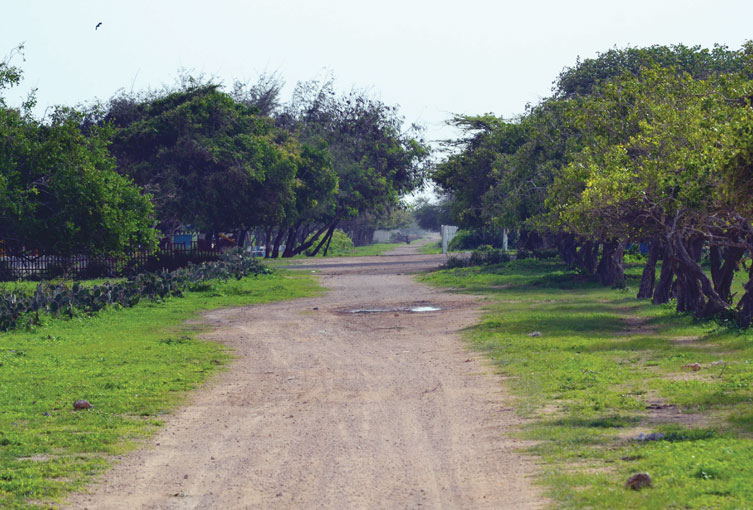
Working towards this goal, the team initiated the mixed plantation method, creating the right set of conditions for the plants to thrive with the diversity of species. Now the team is using the Miyawaki plantation method, pioneered by Japanese botanist Akira Miyawaki. This method enables the creation of dense, native forests through the piloting of planting 300 plants in a mere 100 sq m of space. The method also enables the plants to grow to their full height in approximately half the time they would otherwise take. TCSRD is sharing its experience and learning with others including the forest department.
The unique perspective was adopted by the team to protect the plantation area. Along with barbwire fencing, natural fencing has been planted to encourage ECO-fencing to grow along with the forest development. The local cactus species are identified as prickly pear cactus, euphorbia cactus and pencil cactus, which are very adaptive to the climate, and grow fast. In time, the natural fencing will provide a habitat to other species of fauna.
Employee volunteers along with their family members have been assisting the project in areas such as site clearance and land development work, nursery activities for raising indigenous flora saplings, plantation at the site, along with irrigation and maintenance work, and monitoring of bird life at the site.
A task well done
The project received the “Achievement in Biodiversity Award,” a national level certificate, from the Confederation of Indian Industry in 2019. But the success of the project can also be seen in the myriad shades of green that dot this arid landscape. Thanks to TCSRD’s efforts, this fallow land has now become fertile and is contributing to the carbon sink.
While the swift decline in nature is a given, restoration of the same and ensuring its growth is a slow, long-drawn process. TCSRD is unfazed. Even as the team has infused hardiness and adaptability into the soil, they have learned lessons in patience and persistence from the forests they are tending. Now all that remains to be done is to allow nature to take its course.
- Cynthia Rodrigues




